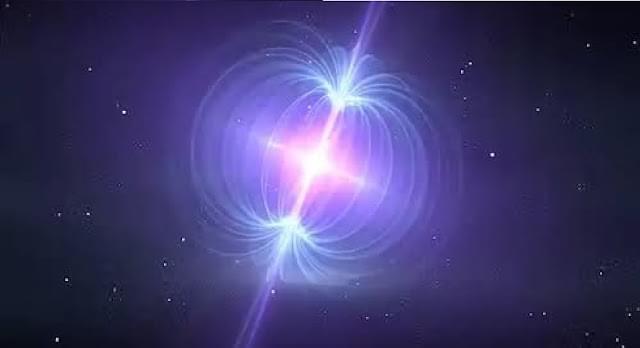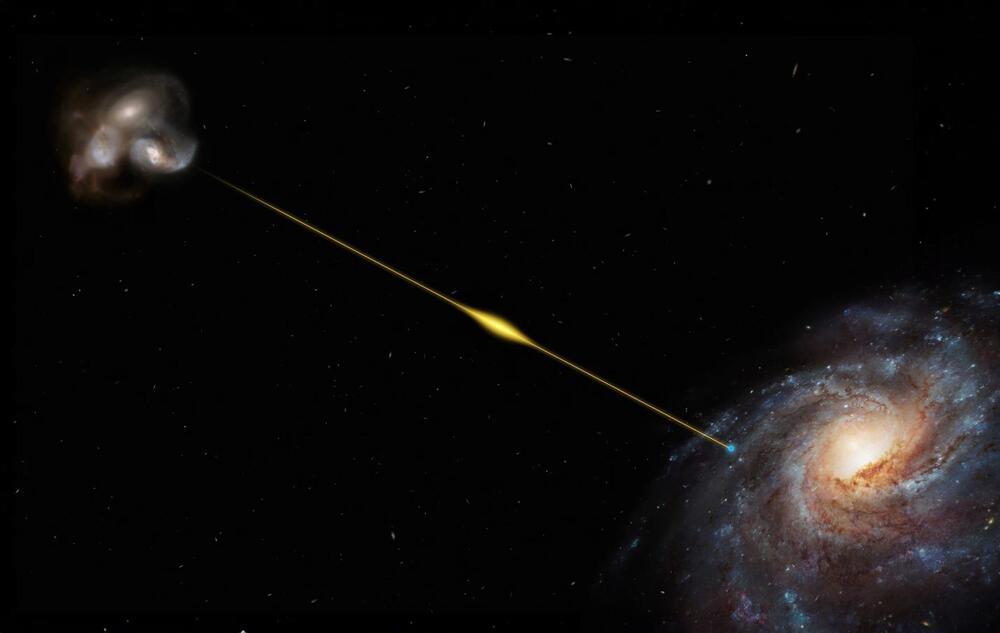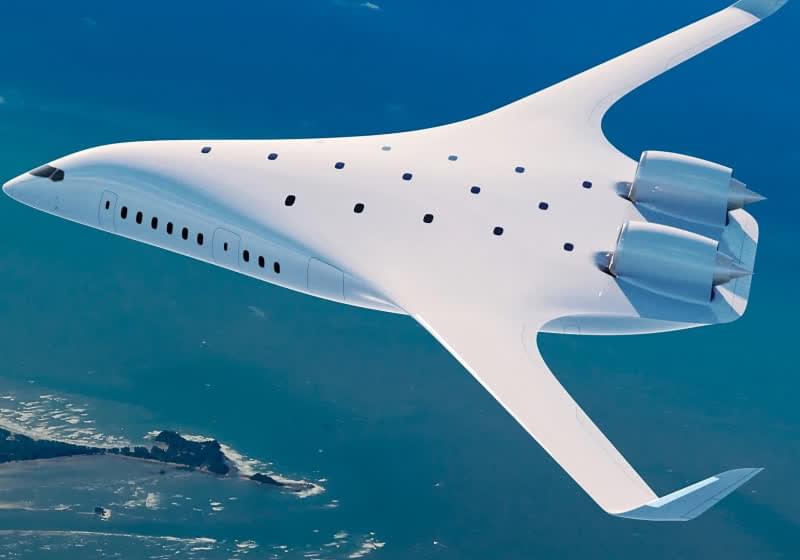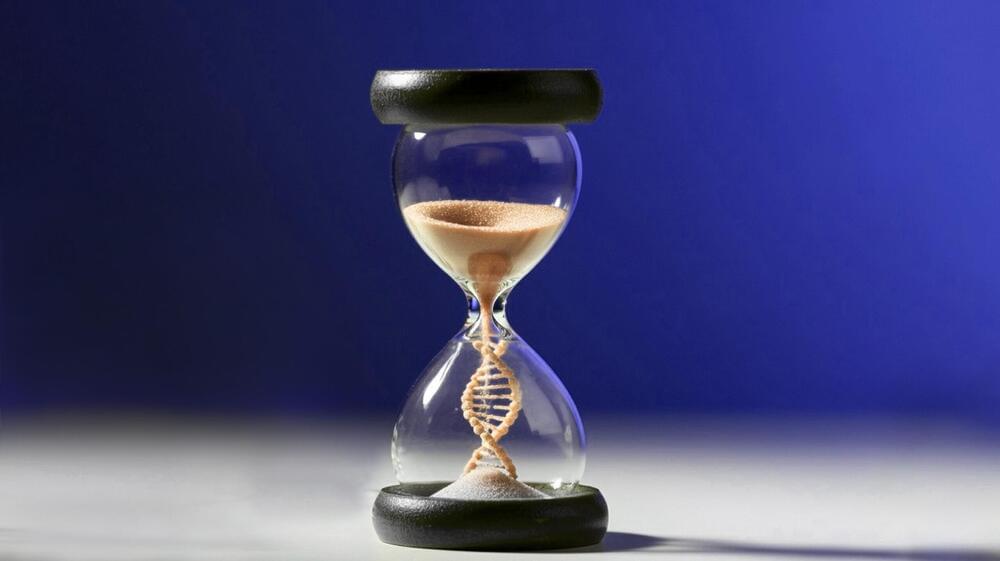Astronomers have made a remarkable discovery: a neutron star spinning at a staggering rate of 716 times per second, making it the fastest-spinning neutron star in the known universe, tied only with PSR J1748–2446. This stellar body, located in the binary system 4U 1820–30 within the NGC 6,624 globular cluster near the Milky Way’s center, is around 26 light-years from Earth in the constellation Sagittarius.
The discovery was made using NASA’s Neutron Star Interior Composition Explorer (NICER), an X-ray telescope mounted on the International Space Station. Gaurava K. Jaisawal from DTU Space shared that during observations of thermonuclear bursts, the team detected oscillations corresponding to a spin rate of 716 Hz, confirming the extreme speed.
Neutron stars, remnants of massive stars that have exhausted their nuclear fuel, are known for their rapid rotation and intense density. This newfound star is no exception, showcasing powerful thermonuclear blasts that briefly make it up to 100,000 times brighter than the Sun. These explosions occur as material from its companion star—a white dwarf in this case—accretes onto the neutron star’s surface, igniting under extreme pressure.






